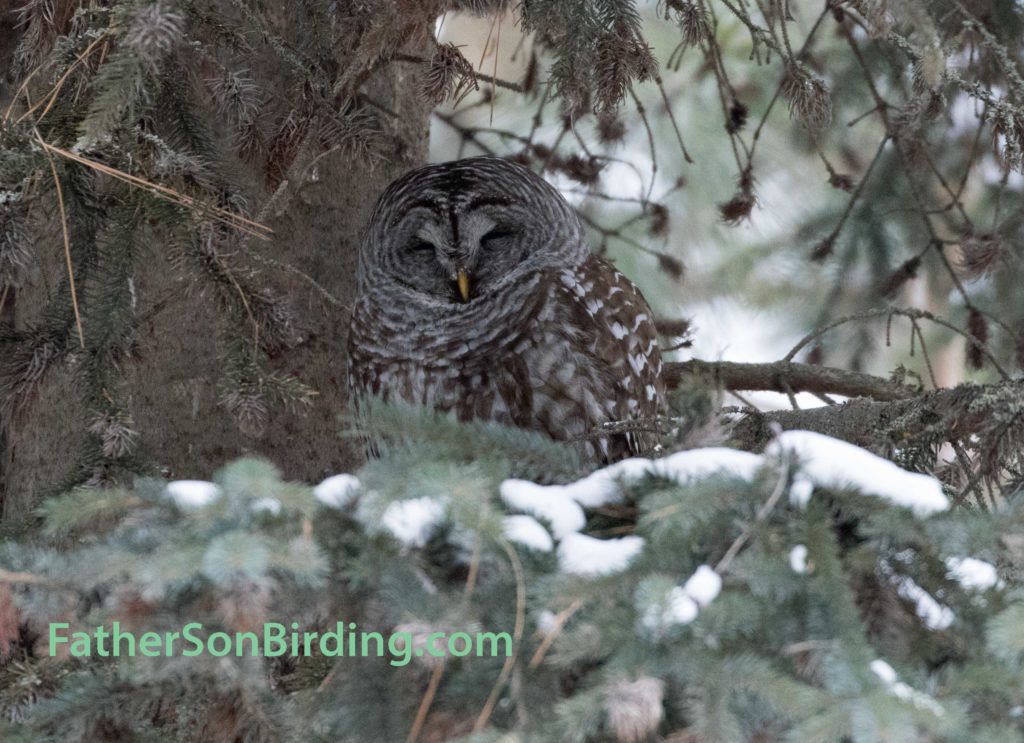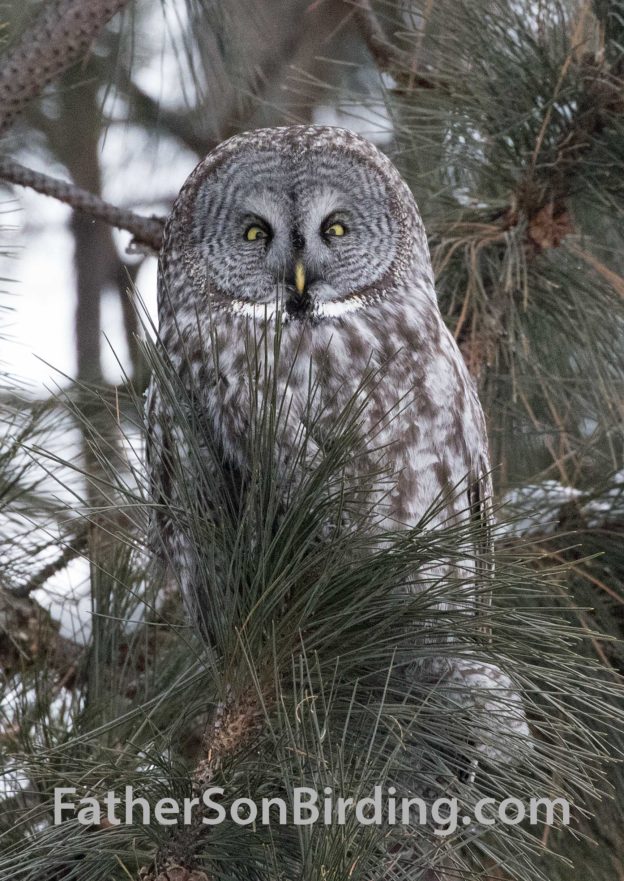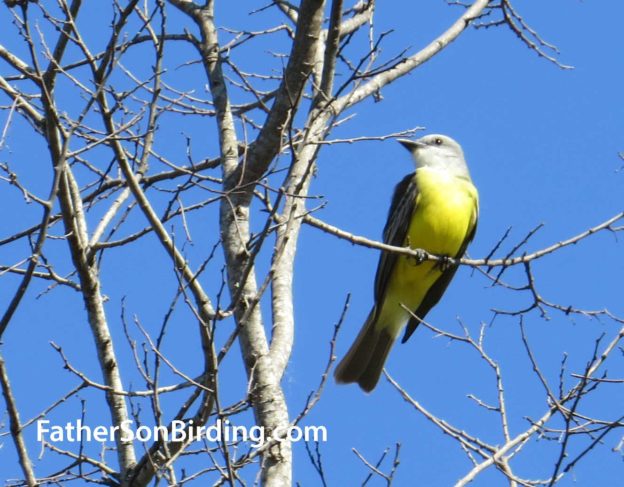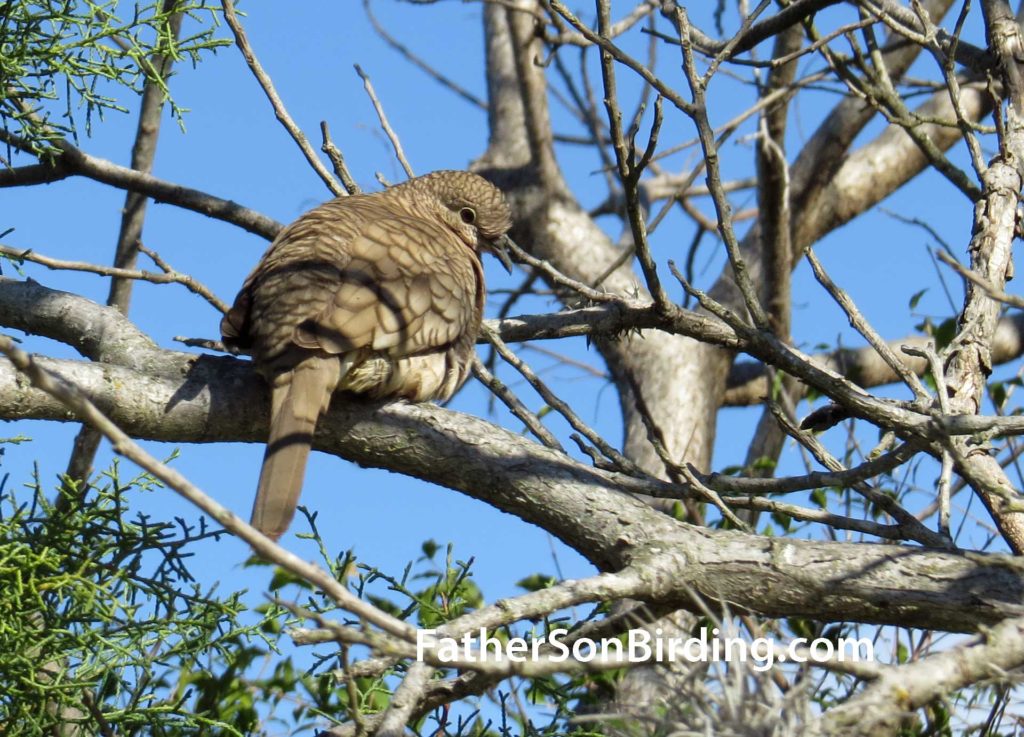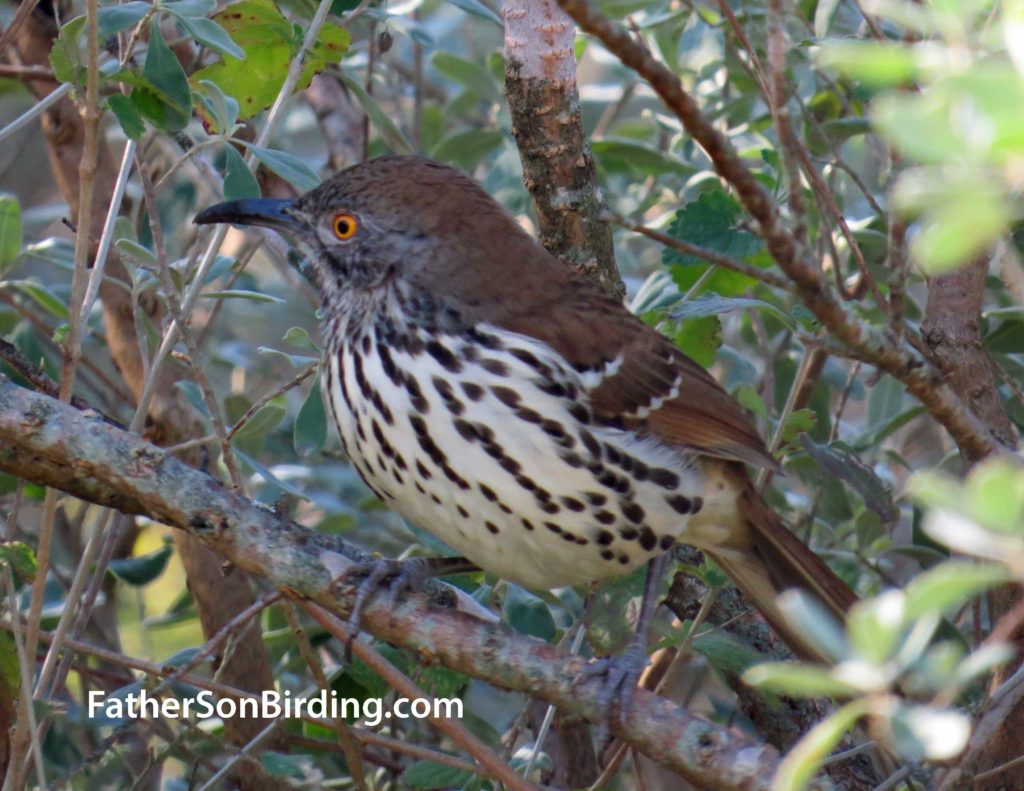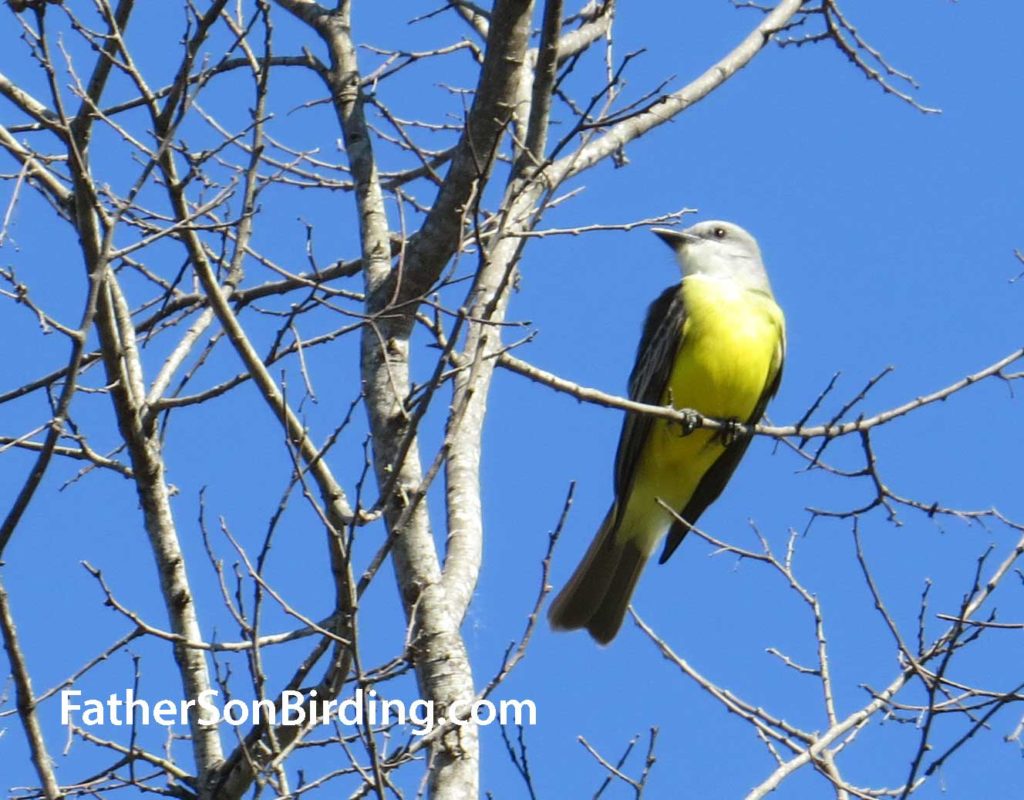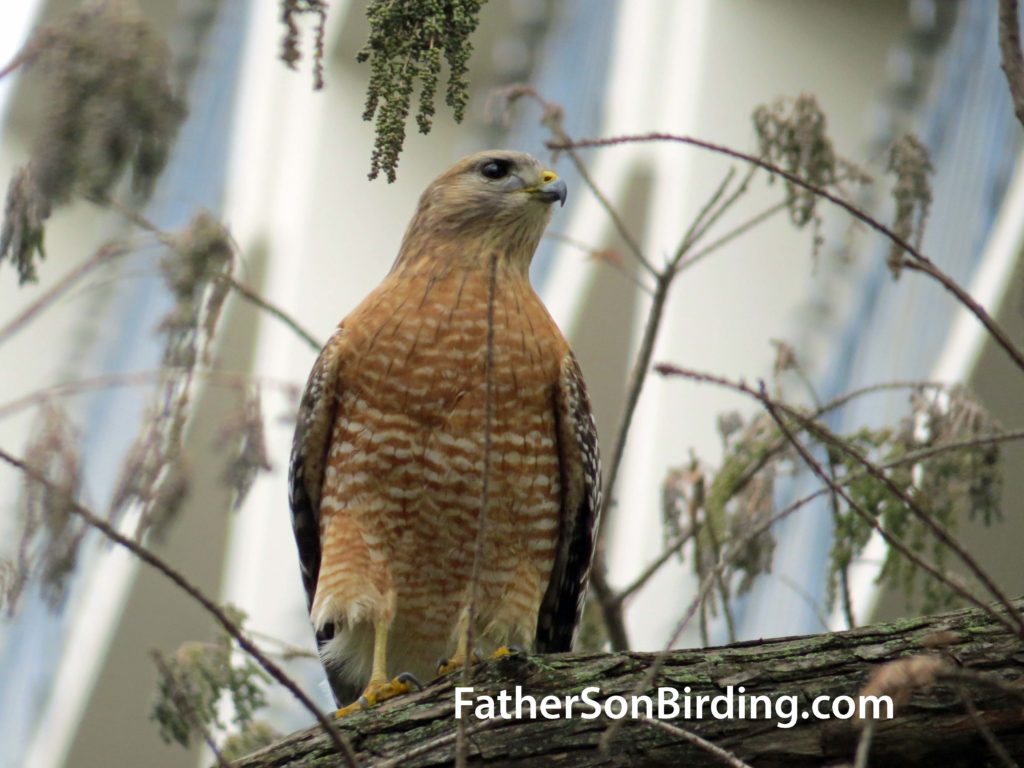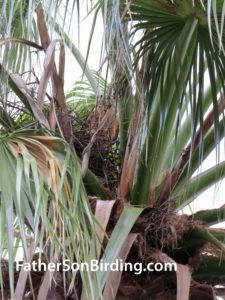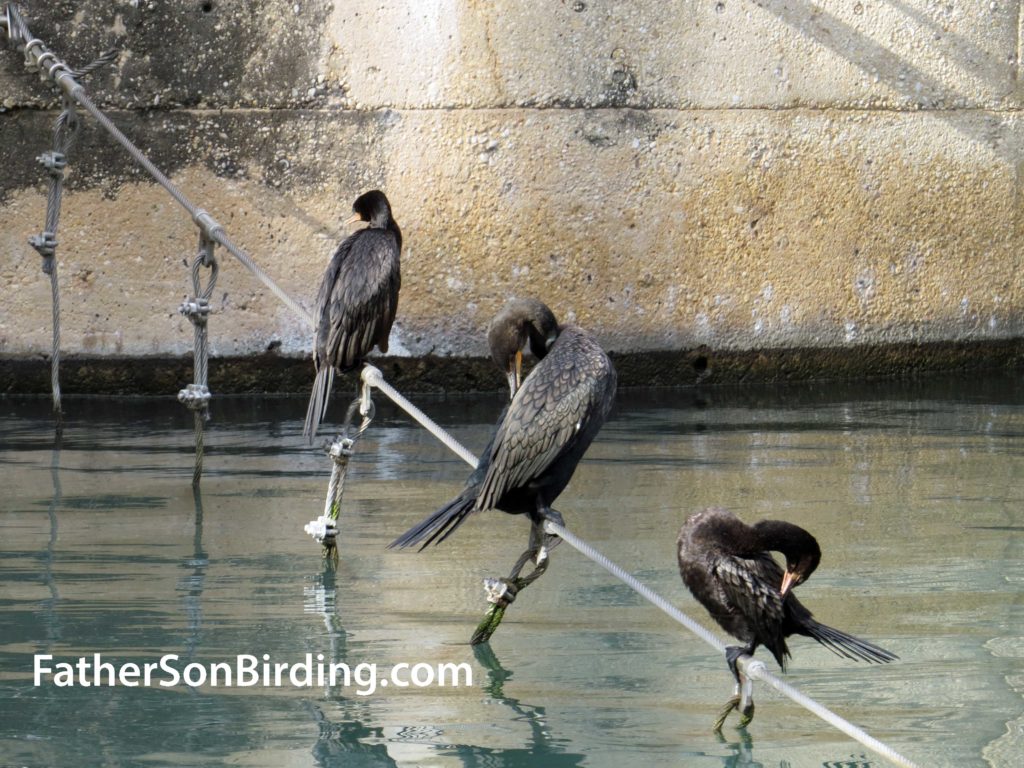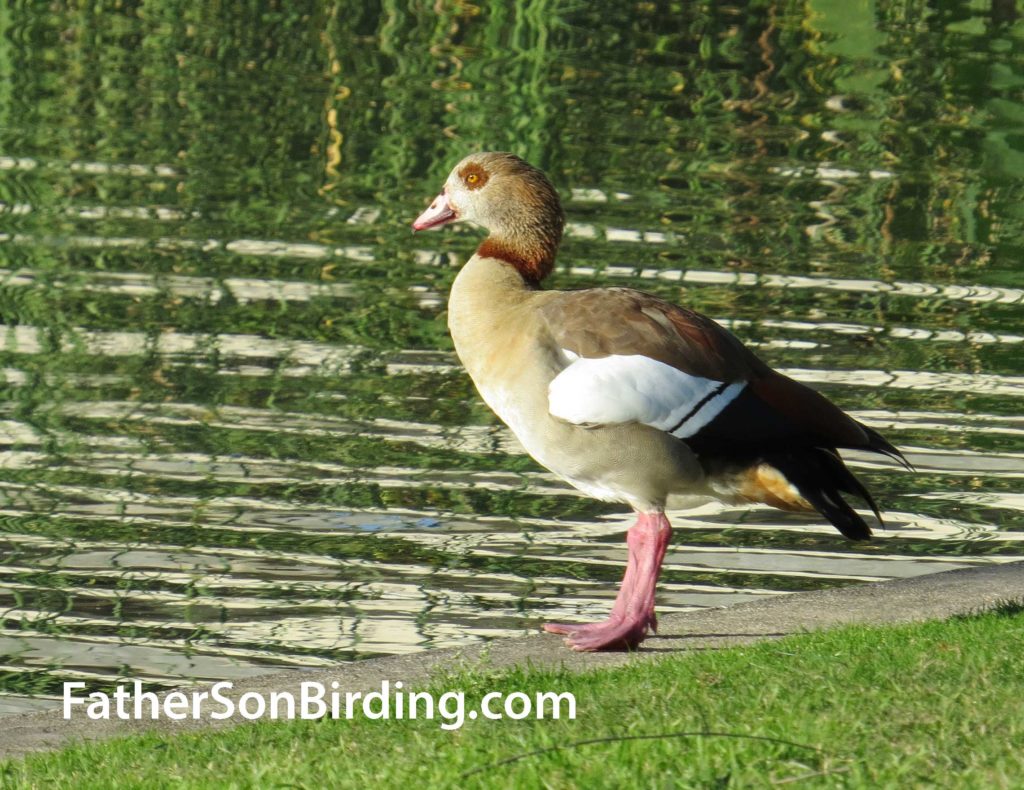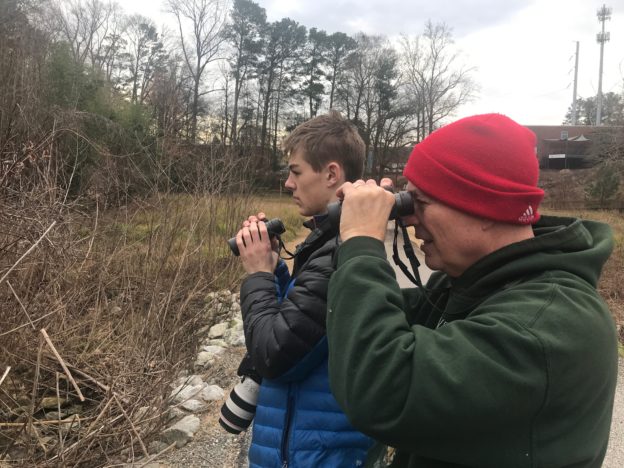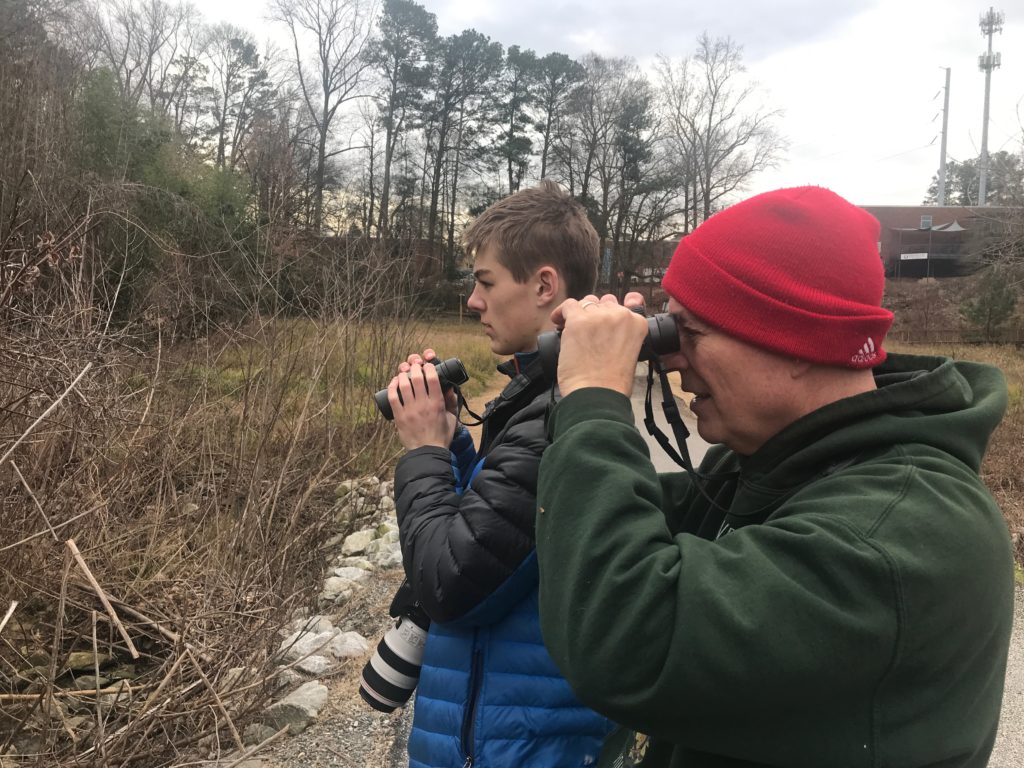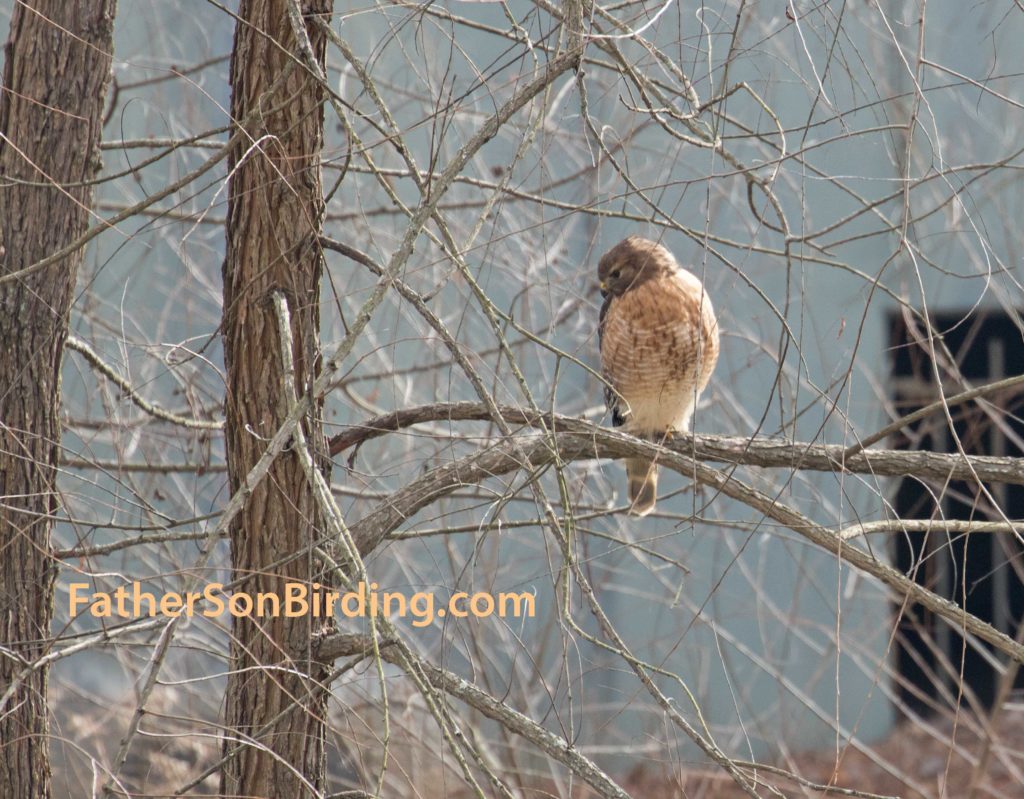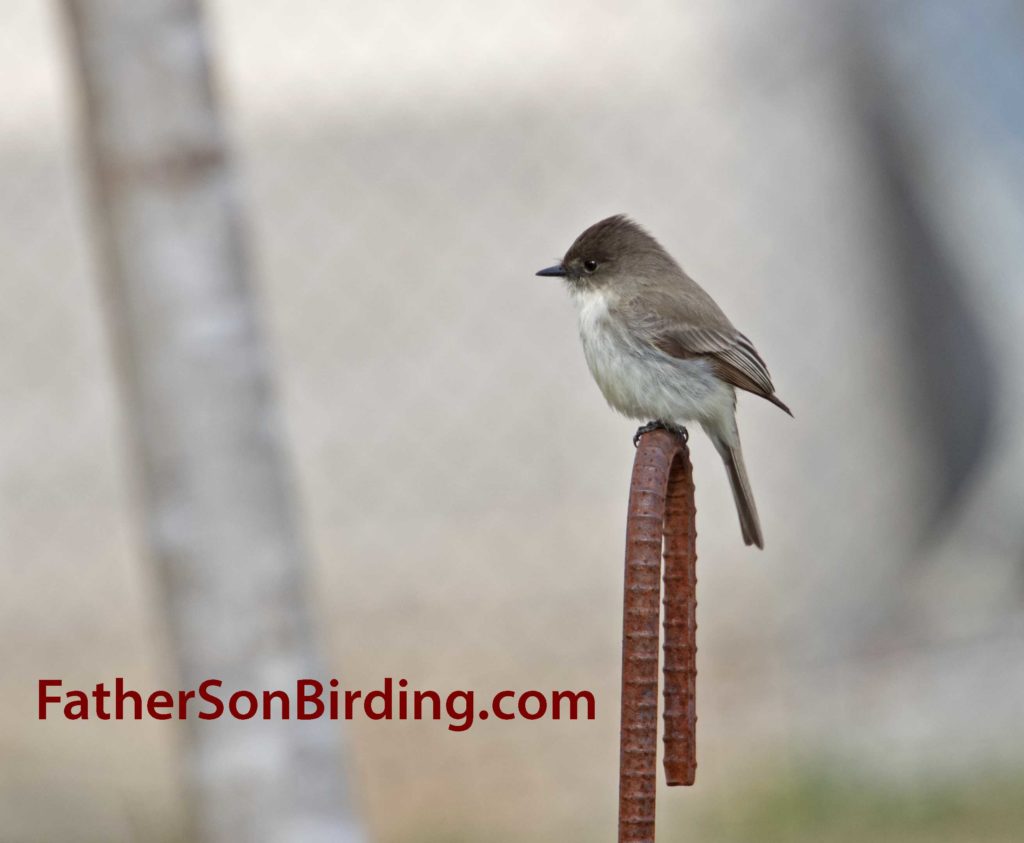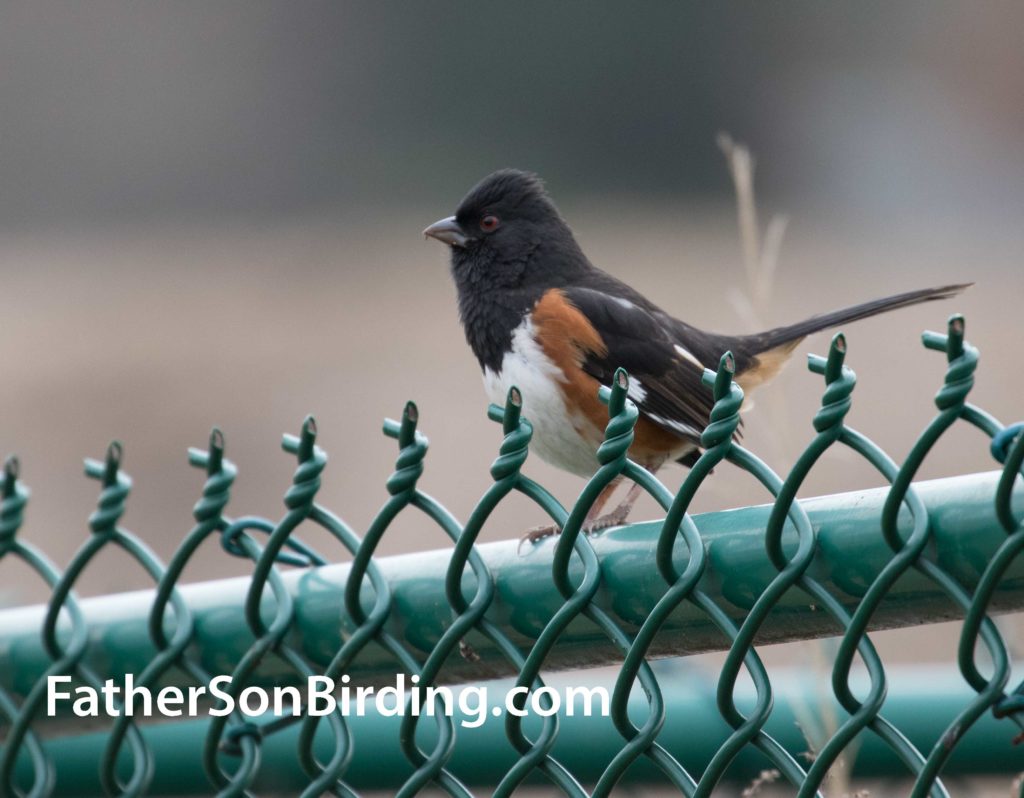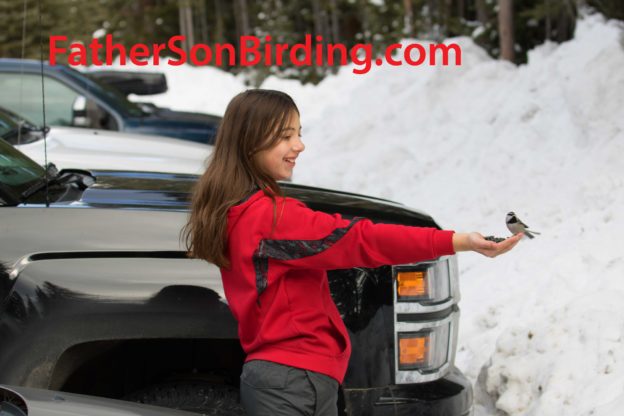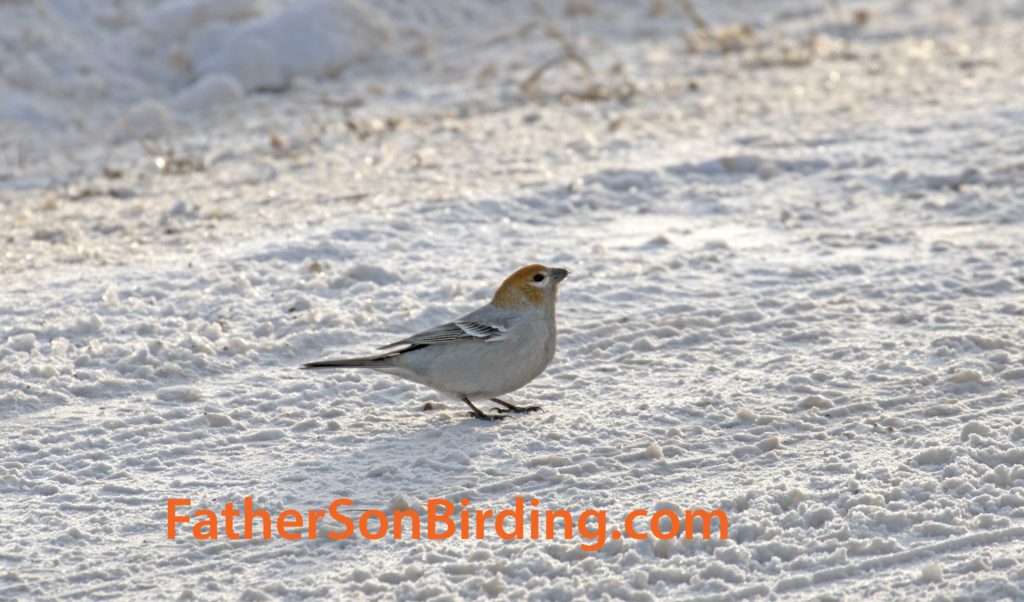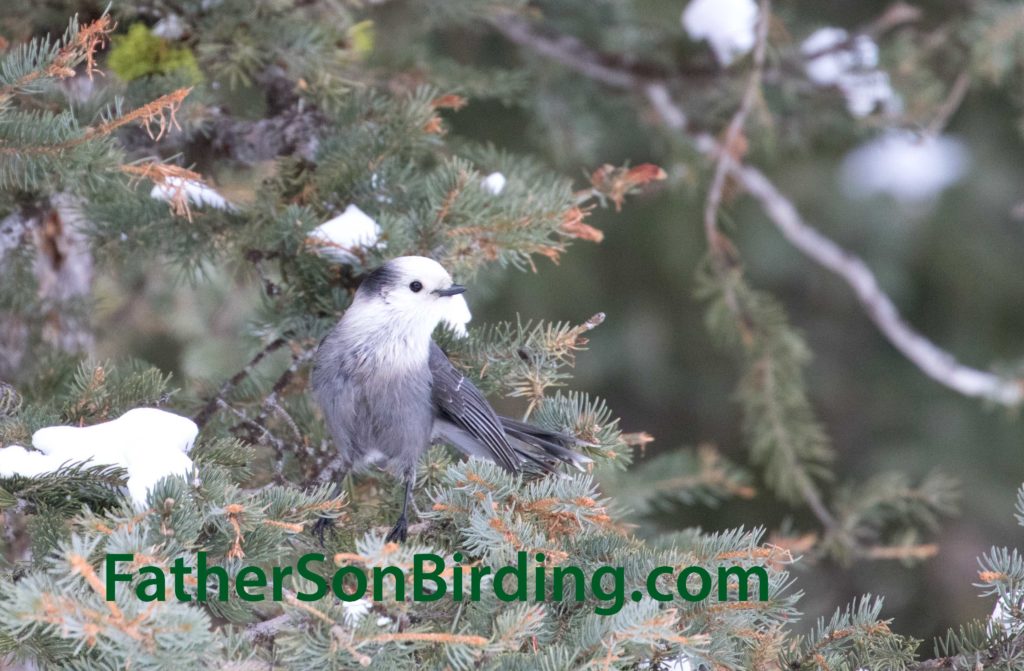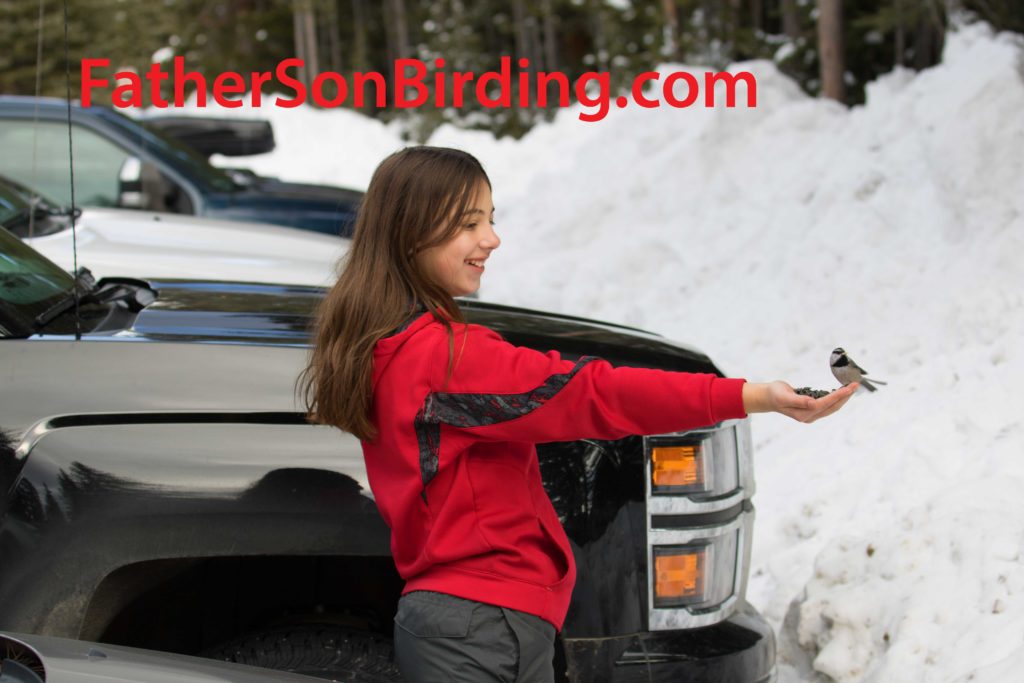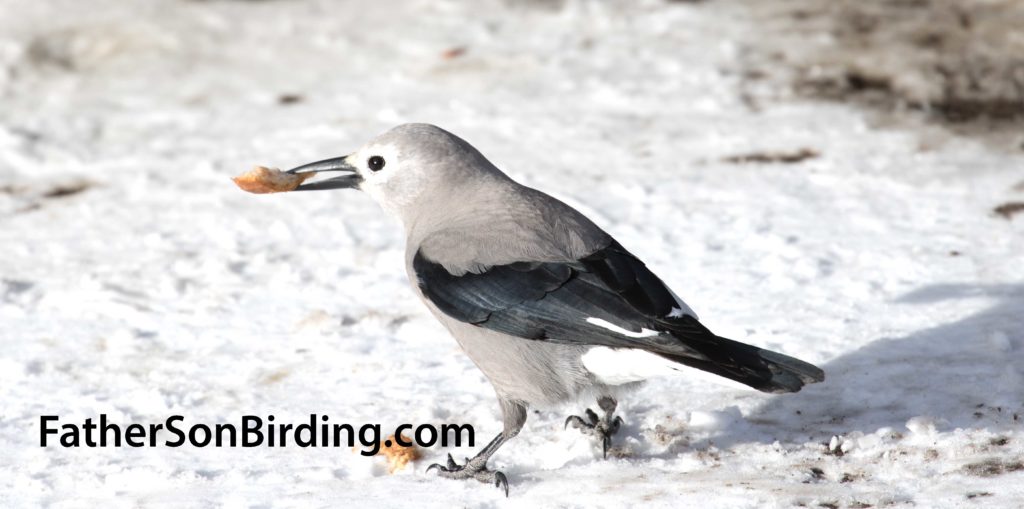We need help! The last few weeks, we are facing a continuous onslaught of Russian hackers trying to subscribe—really! In the process of deleting them, we accidentally lost our entire subscriber list. If you are reading this, would you please resubscribe by filling out the boxes down in the right-hand column? We greatly appreciate it—and please share this with all your bird-loving friends! And now, to Braden’s new post!
When you’re a birder, nothing ever goes according to plan. For example, if you slog through a draw to find a Long-eared Owl, you’re more likely to see a flock of Bohemian Waxwings, or your state’s first record of a Red-flanked Bluetail, or a moose, or anything that is not a Long-eared Owl.
The plan on Sunday, February 10th was to sleep in. Instead, my dad shook me awake at seven in the morning (which I guess is technically sleeping in, but still).
“Nick found a Great Gray and a Barred at Maclay Flats! We have to go!”
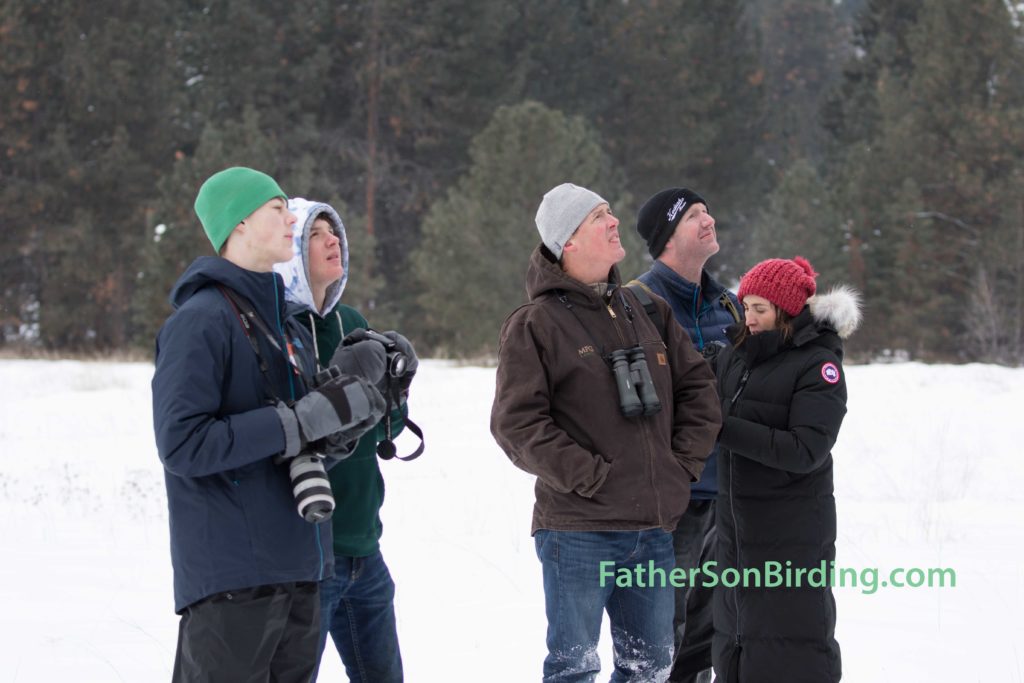
I groaned and rolled out of bed, and within minutes we rumbled down the road in my dad’s Forerunner, dodging the potholes who tried to swallow us. The plan was to go the speed limit, but as I said earlier, things never go according to plan.
We reached Maclay in record time, and I texted Nick, asking for details. He responded quickly, providing great photos of both owls, and we trekked through the snow-blanketed forest, accompanied only by the occasional chirps of Red Crossbills flying over. As we passed the fields where we had spotted the Northern Pygmy-Owls two years prior, we scanned the bare trees. Nothing.
Then we hit the huge field in the center of Maclay, where Nick had said the Great Gray was hunting. We followed a trail of footsteps around the edge of it, running into another man that my dad knew, and we asked him if he’d had any luck.
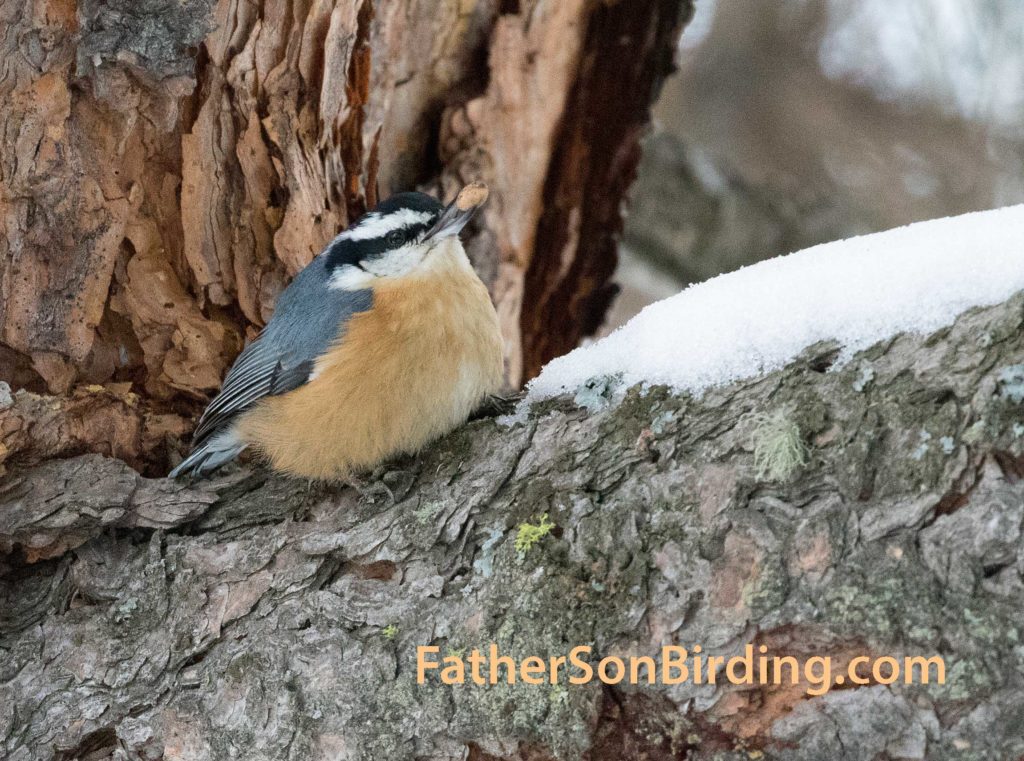
“None yet—but I’ve seen owls here before.”
“You heard about the Great Gray and the Barred here, though, right?”
“What? No, I just came out here today.”
Soon, we spotted two other birders on the edge of the field ahead of us, pointing cameras at the top of a Ponderosa.
“That’s a good sign,” said my dad.
We quickened our pace towards them, and I suddenly glanced up to see something I hadn’t seen in four years: a Great Gray Owl. The magnificent predator of the night’s eyes glowed with yellow fire, staring down at all of the peasants who had dared enter its domain. It wasn’t quite as large as I remembered, but then again it perched high on a pine bough.

As we snapped hundreds of photos, Nick suddenly joined us, accompanied by his stepmom and his dad, Phil.
“Nick!” I said, “How do you manage to find all these owls!?”
“Well, we came out looking for the Great Gray and just walked past the tree that the Barred was in. Do you want to see it?”
“Sure!”
Re-locating the Barred proved easier said than done. Nick had discovered the Barred in a spruce, but we trudged through deep snow, unable to find it. After half an hour, Nick finally stopped and pointed into the shaded interior of a tree. The Barred was smaller than the Great Gray, and much less active, as if trying to merge with its dark surroundings. After spending more time watching both owls, we returned to the car, tired, cold and fulfilled. Things definitely hadn’t gone according to plan!
